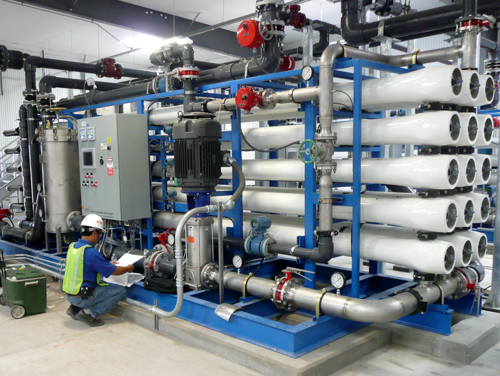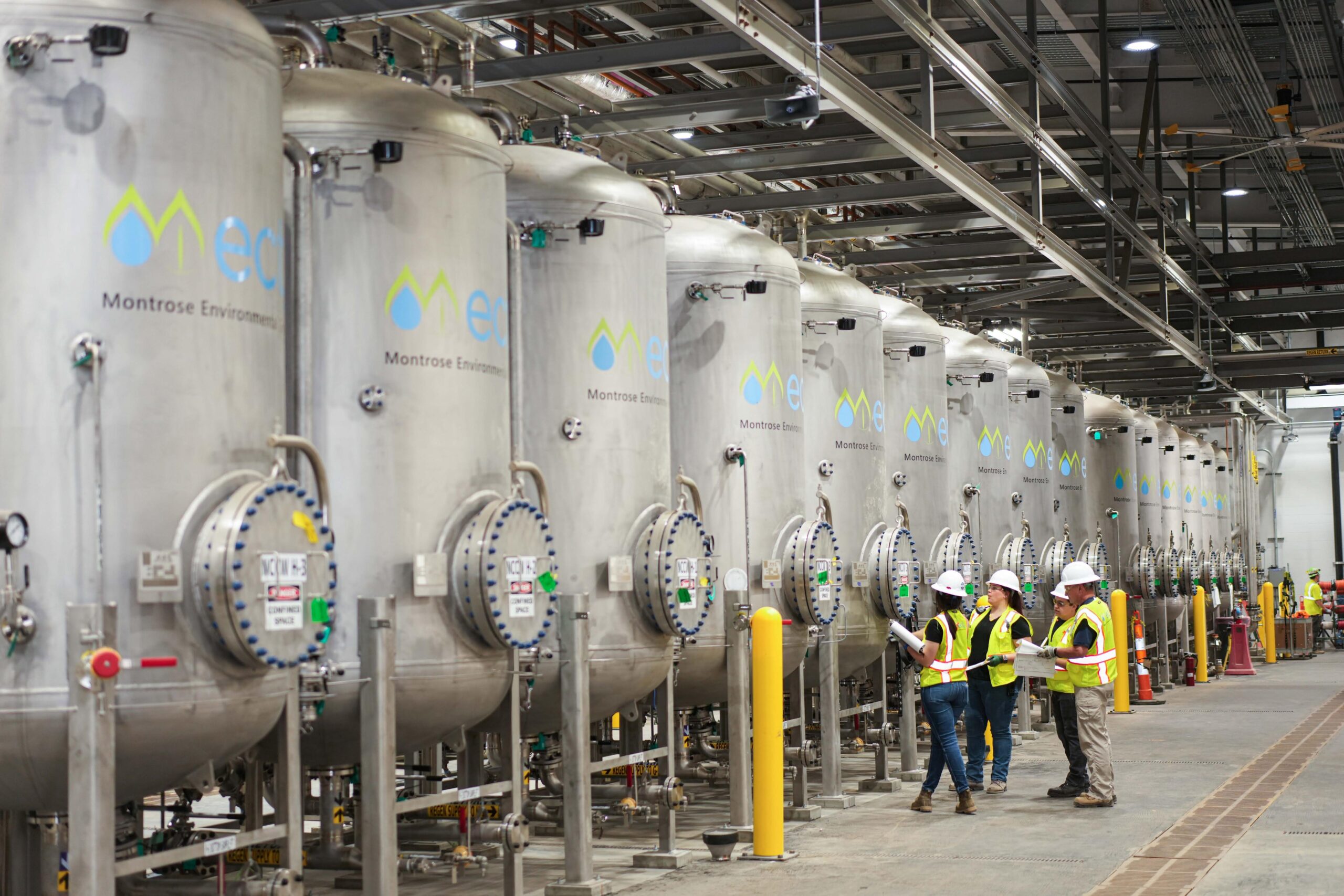Advanced PFAS Management Solutions to Protect Health
Your Guide to PFAS Therapy Technologies and Perks
The occurrence of PFAS contamination in water sources demands a detailed understanding of offered treatment technologies. Each technology not only targets details PFAS substances but likewise plays a crucial role in improving general water top quality and protecting environmental integrity.
Understanding PFAS Contamination
Comprehending PFAS contamination is critical for addressing its pervasive impact on environmental and human health and wellness (m270 pfas treatment). Per- and polyfluoroalkyl compounds (PFAS) are a group of synthetic chemicals commonly utilized in different commercial and consumer products because of their water- and grease-resistant homes. Frequently located in firefighting foams, non-stick cookware, and water-repellent fabrics, PFAS have entered the environment through manufacturing processes, wastewater discharges, and leaching from garbage dumps
As soon as launched, these materials continue the environment, leading to widespread contamination of soil and water sources. Their distinct chemical structure, characterized by strong carbon-fluorine bonds, makes them resistant to degradation, leading to a phenomenon understood as "permanently chemicals." Consequently, PFAS can accumulate in the body and the food chain, potentially creating damaging health and wellness impacts, consisting of immune system disruption, developmental concerns, and an enhanced risk of particular cancers cells.
Governing firms and health companies are progressively recognizing the relevance of PFAS contamination, prompting initiatives to keep an eye on, analyze, and mitigate its impacts. Recognizing the pathways of PFAS contamination is necessary for educating public policy and establishing reliable strategies to protect both ecological and human health.
Overview of Treatment Technologies
Different treatment innovations have been established to resolve the obstacles posed by PFAS contamination in water and dirt. These technologies can be extensively identified into several classifications, each with its unique mechanisms and efficiency in getting rid of PFAS substances.
One famous strategy is ion exchange, which utilizes resin materials to catch and get rid of PFAS from contaminated water. This technique is particularly effective for short-chain PFAS and can accomplish significant decreases in focus degrees. Another modern technology, advanced oxidation processes (AOPs), utilizes solid oxidants and ultraviolet light to damage down PFAS right into much less damaging materials. AOPs are ideal for treating a variety of PFAS compounds however may need cautious optimization to make best use of efficacy.

Triggered Carbon Filtering
Turned on carbon purification is an extensively utilized approach for the elimination of PFAS from infected water, recognized for its capacity to adsorb a wide variety of natural compounds. This technology employs triggered carbon, an extremely permeable product with a substantial surface, which helps with the binding of PFAS particles via physical adsorption. The performance of activated carbon in removing PFAS is affected by numerous aspects, consisting of the type of carbon made use of, the contact time, and the focus of PFAS in the water.
Among the benefits of triggered carbon filtration is its adaptability; it can be applied in numerous arrangements, such as granular turned on carbon (GAC) systems or powdered turned on carbon (PAC) systems. GAC systems are usually employed in larger-scale applications, while political action committee can be made use of in smaller or description momentary arrangements. The technology is fairly simple to operate and maintain, making it available for numerous water treatment facilities.

Ion Exchange Systems
Ion exchange systems stand for another reliable method for the removal of PFAS from infected water, matching approaches like turned on carbon filtering. These systems operate the concept of exchanging ions in the water with ions held on a resin material. Ion exchange resins can be specifically formulated to target the adversely charged PFAS compounds, efficiently recording them and allowing cleaner water to travel through.
One of the key advantages of ion exchange systems is their capacity to remove a vast variety of PFAS, including both long-chain and short-chain versions. This convenience makes them appropriate for various applications, varying from m270 pfas treatment community water treatment to commercial procedures. Furthermore, ion exchange systems can frequently attain lower detection restrictions for PFAS contrasted to some various other therapy methods, therefore boosting water top quality.
However, it is vital to monitor and handle the regrowth of ion exchange media, as the efficiency can decline gradually due to saturation. Correct maintenance and substitute of the resin are critical for sustaining the system's effectiveness. Overall, ion exchange systems provide a dependable and efficient option for PFAS removal, adding dramatically to safe drinking water criteria and environmental management.
Advanced Oxidation Processes
Advanced Oxidation Processes (AOPs) utilize powerful oxidants to efficiently break down PFAS substances in polluted water. These ingenious treatment techniques produce extremely reactive types, such as hydroxyl radicals, that can break down complicated PFAS particles right into much less hazardous results. m270 pfas treatment. AOPs typically utilize mixes of ultraviolet (UV) light, ozone, hydrogen peroxide, or Fenton's reagent, enhancing the oxidation possibility and enhancing deterioration performance
The key benefit of AOPs hinges on their capability to target a wide array of PFAS substances, consisting of both long-chain and short-chain versions. This flexibility is crucial, as PFAS contamination often involves mixes of various compounds with varying chemical structures. AOPs can be integrated into existing water therapy systems, making them a functional service for numerous communities and industries.
Nonetheless, the implementation of AOPs can be resource-intensive, calling for mindful consideration of operational expenses and power usage. Additionally, while AOPs are reliable in breaking down PFAS, they might not totally remove all by-products, necessitating additional treatment actions - m270 pfas treatment. Generally, AOPs represent a promising opportunity for attending to PFAS contamination, contributing to cleaner water sources and enhanced public wellness security

Conclusion
Finally, attending to PFAS contamination needs a thorough understanding of offered therapy modern technologies. Activated carbon filtering, ion exchange systems, and progressed oxidation procedures each additional hints present special benefits for effectively getting rid of these damaging compounds from water sources. By picking the ideal modern technology, areas can improve water high quality, protect public wellness, and minimize the environmental risks related to PFAS direct exposure. Continued research and execution of these approaches are important for efficient administration of PFAS contamination in impacted areas.